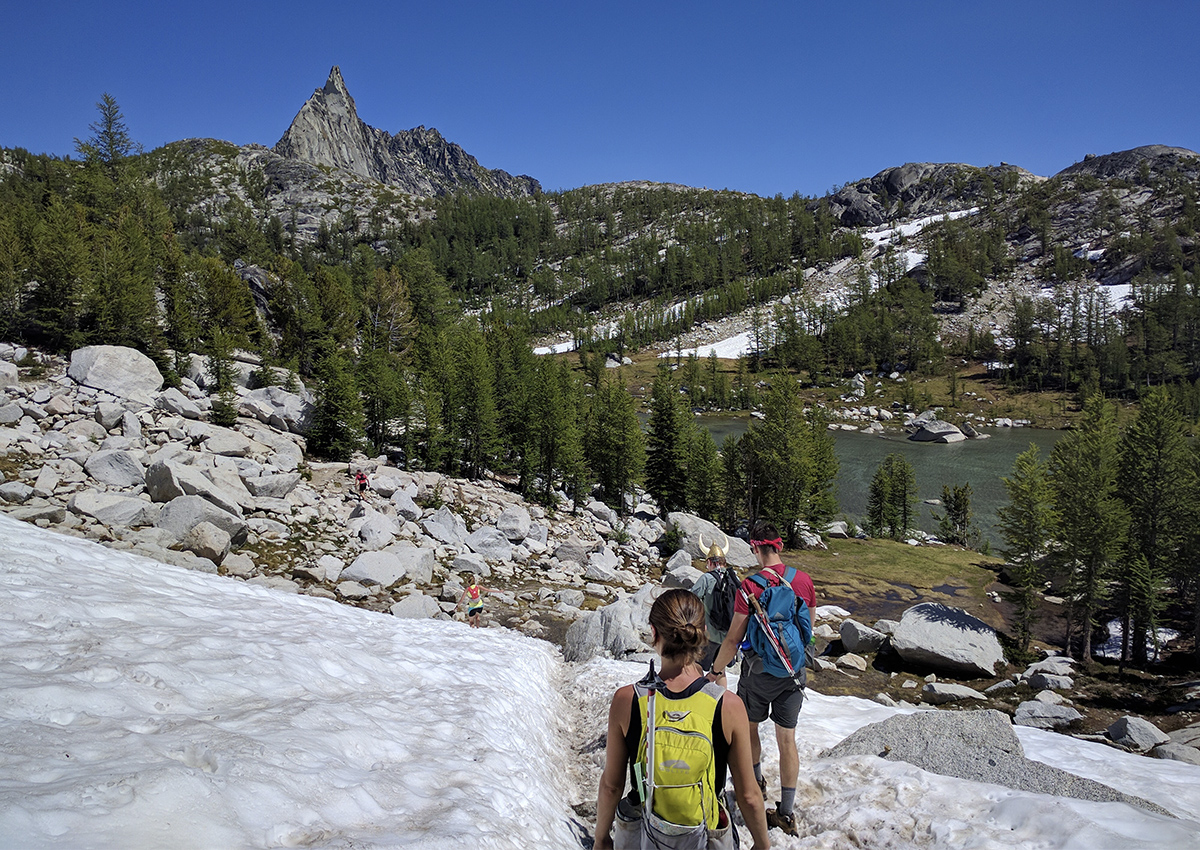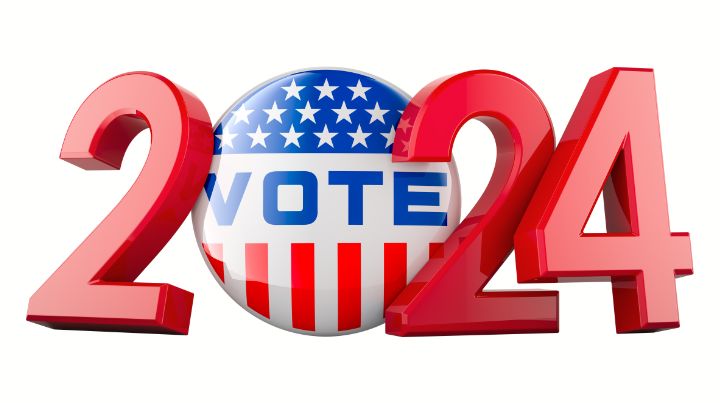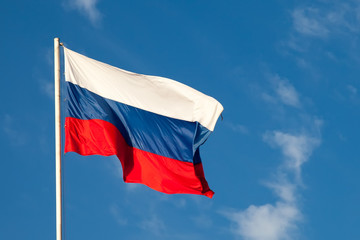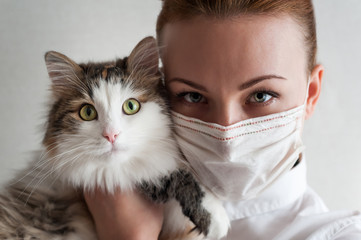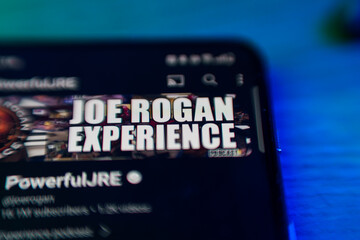Items That Will Get You on FEMA’s Radar
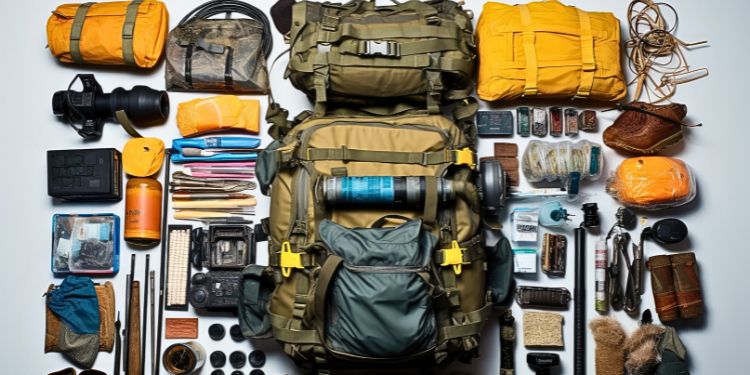
A massive disaster strikes that results in widespread devastation. FEMA (Federal Emergency Management Agency) responds and the local authorities shut the area down. Martial law is declared as the government shuts off exit routes.
The objective of the authorities is now to control the local population and start to take control over the supply of food, water, and other natural resources so that people will be dependent on the government to stay alive.
While FEMA first responders will work to get the situation under control, they may also alert the police and military units whenever they detect someone who has any items of value that could instead be confiscated by the government.
That’s why it’s very important to keep certain items hidden so you can remain as self-reliant on yourself as possible.
Here are ten items that will get you on FEMA’s radar:
Firearms and Ammunition
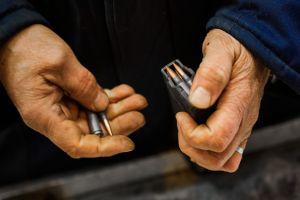 This is the big one. While it’s legal to own firearms for personal protection and hunting (at least in the United States), showing your firearm and ammunition stockpile out in the open will always draw attention in a natural disaster.
This is the big one. While it’s legal to own firearms for personal protection and hunting (at least in the United States), showing your firearm and ammunition stockpile out in the open will always draw attention in a natural disaster.
Related: US Natural Disasters Map. What Calamity Do You Need to Prepare For?
Look no further than what happened during Hurricane Katrina in 2005, in which law enforcement and military units went around confiscating firearms from people, leaving those same people almost defenseless against looters and raiders.
Large Quantities of Food and Water
Accumulating a substantial amount of non-perishable food and water is a cornerstone of prepping.
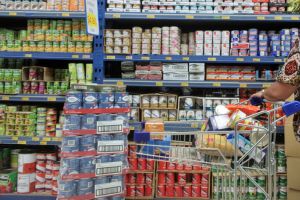
However, excessively large stockpiles, especially when combined with other unusual items, will attract scrutiny.
In an extended disaster scenario where martial law is declared, the government will seek to confiscate as much food and water as possible so that people come to them in long lines for their food and water instead.
Think carefully about how you can hide your stockpile food and water if it’s at all possible. But it’s not just about hiding your stockpile, but also about knowing the areas most at risk during such times.
Certain states are likely to be among the first to experience the harsh realities of martial law. If you live in one of these red zones, your preparation needs to be even more discreet and strategic.
Gas Masks and Chemical Protection Gear
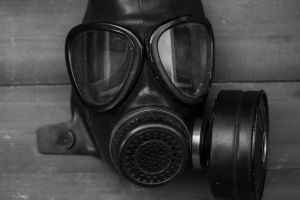 Gas masks and protective gear are in certain emergency situations, such as in the aftermath of a nuclear accident or during a chemical spill.
Gas masks and protective gear are in certain emergency situations, such as in the aftermath of a nuclear accident or during a chemical spill.
However, obtaining military-grade equipment or amassing such items will raise concerns with the average first responder.
Remember that the government wants to keep you under control when disaster strikes, and having gas masks and other protective gear out in the open will only get them confiscated.
Communications Interception Devices
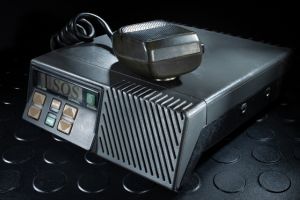 Radio scanners and interception devices can be useful for staying informed during emergencies.
Radio scanners and interception devices can be useful for staying informed during emergencies.
However, owning equipment that could intercept communication signals, especially without a valid reason, is a surefire way to attract attention from FEMA first responders who will then alert law enforcement.
If you’re serious about staying connected in a crisis without attracting any attention, learn here how you can legally transform your CB car radio into a powerful transmitter capable of emitting and receiving communications from hundreds of miles away.
Surveillance Equipment
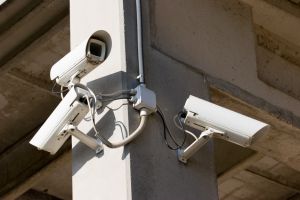 Surveillance cameras and drones have become common tools for home security, often used to deter burglars and monitor property.
Surveillance cameras and drones have become common tools for home security, often used to deter burglars and monitor property.
However, in the midst of a disaster, deploying this kind of surveillance equipment out in the open can do more harm than good.
While the intention might be to protect your home, such visible measures are likely to attract unnecessary attention from not just potential looters, but also government agencies.
Keeping a low profile with your security measures is crucial during times of chaos, as it helps you avoid becoming a target, whether from opportunistic criminals or government entities looking to enforce control.
Large Amounts of Cash
 While it’s smart to have some cash on hand for emergencies, especially in situations where credit or debit cards might not work, stockpiling excessively large amounts can raise suspicions.
While it’s smart to have some cash on hand for emergencies, especially in situations where credit or debit cards might not work, stockpiling excessively large amounts can raise suspicions.
It’s important to not only keep your money hidden but also to separate it into smaller, more discreet stashes.
Make it a rule to never keep more than $500 in any single location, as spreading it out reduces the risk of losing everything at once.
Related: How to Keep Your Money Safe for When SHTF
This approach not only keeps you off the radar but also ensures that if one stash is discovered, the rest remains secure. Again, concealment is key—your cash should be out of sight, out of mind.
Hidden Shelter Structures
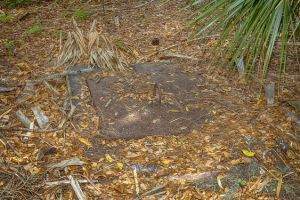 Building underground bunkers or fortifications is within your right as a property owner, at least for now. Just like how the authorities will gladly confiscate firearms despite 2nd Amendment rights like they did in Hurricane Katrina, they’ll also gladly take a close look at any bunkers or fortifications regardless of your rights as a property owner.
Building underground bunkers or fortifications is within your right as a property owner, at least for now. Just like how the authorities will gladly confiscate firearms despite 2nd Amendment rights like they did in Hurricane Katrina, they’ll also gladly take a close look at any bunkers or fortifications regardless of your rights as a property owner.
That’s because they’re first thought when seeing a bunker will be that you have guns, foods, and other essentials set aside too. To avoid drawing unwanted attention, it’s crucial to be discreet. Learn here how to stealthily build a low-cost, invisible bunker right in your backyard.
Explosive or Hazardous Materials
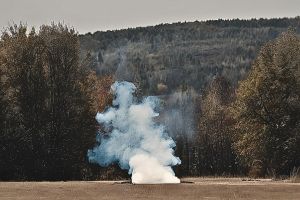
Restricted Medications
 Medications are another item that local authorities will seek to hoard in a disaster, just as they would with food and water.
Medications are another item that local authorities will seek to hoard in a disaster, just as they would with food and water.
While stockpiling common over-the-counter medications for personal use is reasonable and wise, obtaining more critical or specialized medications can be difficult.
In particular, securing essential drugs like antibiotics poses a challenge, especially since they aren’t typically available over the counter. To help you prepare, here is an ingenious way to stockpile antibiotics without a prescription, before it’s too late.
Unregistered or Heavily Modified Vehicles
While modifying vehicles for off-grid living or emergency situations is common among preppers, any vehicles that are unregistered with the state will draw attention.
Furthermore, any vehicles that have been modified excessively to look like a ‘bug out vehicle’ with big tires and gas cans and containers secured to the top and back is another way of simply announcing to the rest of the world that you are a prepper.
First responders will wonder why you have such a vehicle and come asking you questions about the rest of your preparations.
A big part of prepping is stockpiling provisions, but another big part is keeping those provisions a secret. You don’t want your neighbors knowing that you have a stockpile because they’ll be the ones who come demanding food and other supplies when disaster strikes.
Likewise, if emergency first responders find out you have a stockpile of the above items, they may send law enforcement to your door knocking too. That’s why a major part of your preparations need to involve keeping your stockpile and other preparations as hidden as possible. This could very well be what ends up keeping you alive.
You may also like:
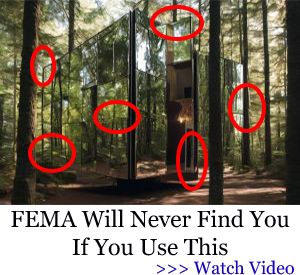 How to Preserve Your Vegetables Using Sand
How to Preserve Your Vegetables Using Sand
Worst States to Live In If You Have to Defend Your Property
How to Dehydrate Chicken for Survival
Deadly Mistakes You Make When Using a Generator
How Far Away Would You Need to Be to Survive a Nuclear Blast?
Read the full article here


